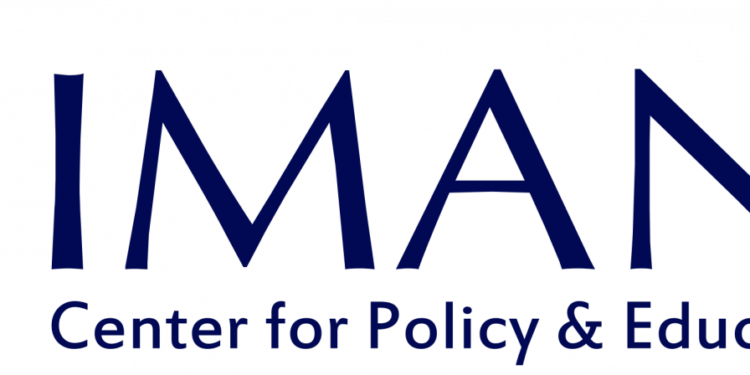Increasing appetite of Banks for government debt holdings continue to affect credit to the private sector.
This means that the financial sector finds it suitable to invest into government securities than providing capital to private businesses in the form of loans.
According to the Bank of Ghana Statistical bulletin for May, 2021, total domestic debt stands at 171.7 billion Ghana Cedis. Thebanking sector which comprises of the Central Bank and all other Commercial Banks, carries GH¢86.5 billion representing 50 percent of the entire debt.
Also, Private Sector Credit (PSC) has declined from an amount of GH¢43.3 billion from May 2021 to GH¢ 42.7 billion in June 2021. This represents a 1.4 percentage points decline.
This may mean that Commercial Banks are now shifting their focus of providing capital to private business ventures to holding government debt securities.
Aside banks holding of government instruments, pandemic-induced uncertainties in the global and the domestic economy may play a critical role.
Another risk factor to credit to the private sector is the level of non-performing loans in the bank’s portfolio. Data from the Bank of Ghana show that non-performing loans have been on the rise since January this year.
The non-performing ratio has increased from 14.7 percent in January to 17.0 percent in June 2021. This implies that in the first half alone, the non-performing loans ratio has risen by 2.3 percentage points. This means that the risk to private sector credit is on the rise. This partly explains why the lending rate in the country is also high. This is also one of the reasons why, even though the Monetary Policy Rate of the Central Bank stands at 13.5 per cent, Commercial Banks are unwilling to reduce their lending rates. Currently, the average lending rate stands at 20.61 percent as of end-June 2021.
Domestic debt structure
The Banking Sector, which constitutes Bank of Ghana and all other Commercial Banks, is the major holder of government instruments.
While the Central Bank holds GH¢34.7 billion, the commercial bank on the other hand holds GH¢51.8 billion cedis which is higher than the entire non-banking component of Ghana’s domestic debt.
The rest of the domestic debt is shared between the Non-bank Sector and Foreign Sector in the ratios 30 and 20 percent respectively.
Non-bank sector embodies SSNIT, Insurance Companies, Rural Banks and other financial institutions and individuals.
Medium-Term Instruments such as 3-Year Fixed Treasury Note and 10-Year GoG bonds are the major constituents of the domestic debt structure. Rather, this recorded about GH¢104.8 billion out of the GH¢171.7 which represents the total domestic debt. Subsequently, Long-Term Instruments which includes 15 and 20-Year GoG bond recorded GH¢44.2 billion.
Short-Term Instruments like 91 and 182-Day Treasury Bills covered the remaining GH¢22.7 billion cedis of the domestic debt.
As compared to May 2020, Commercial Banks’ share of the domestic debt has increased considerably. It rose from GH¢ GH¢37.4 billion last year May to GH¢51.8 billion cedis same period this year representing a substantial hike of about 38.5 percent.
Read Also: Maiden Africa Digital Forum set for tomorrow























